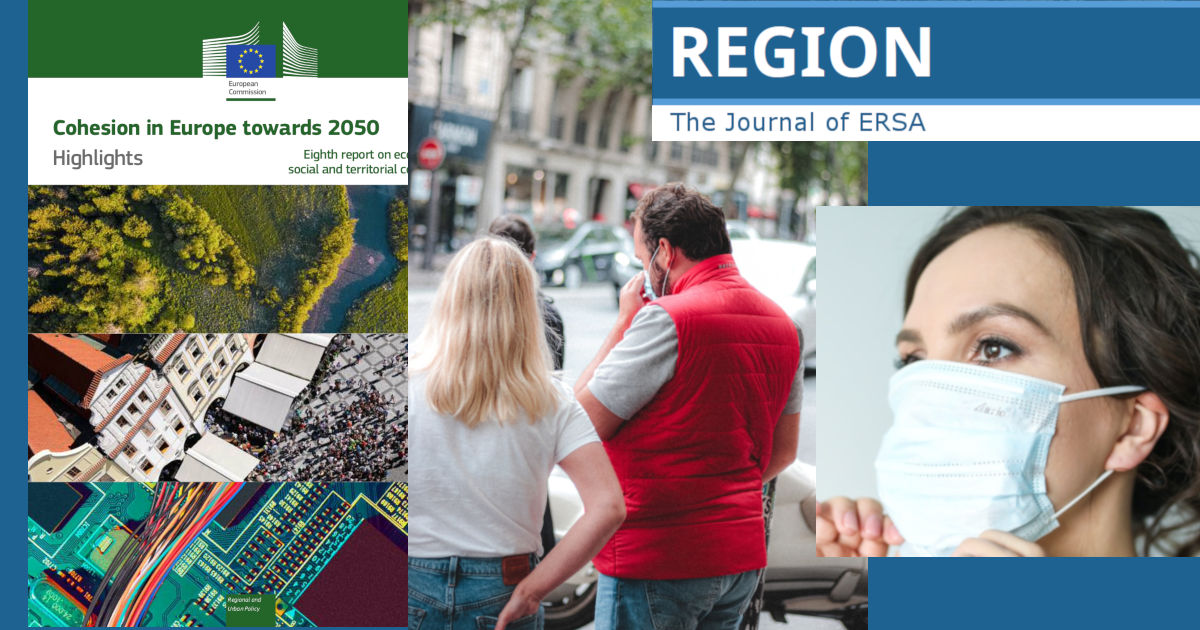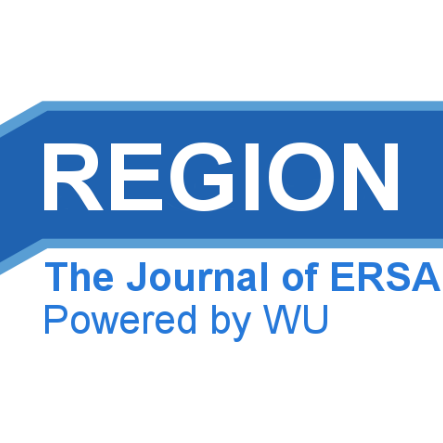Territorial cohesion, the COVID-19 crisis and the urban paradox
Future challenges in urbanization and economic agglomeration
DOI:
https://doi.org/10.18335/region.v9i1.403Abstract
The recent COVID-19 pandemic and the subsequent economic downturn due to the lockdown of economic activities have spurred a lively debate concerning their effects across locations in the EU and the resulting challenges to territorial cohesion policy. The COVID-19 emergency not only has provoked EU cohesion policy responses but also may change some of the basic principles on which these policies have been built. This paper briefly casts light on some present and future implications of the COVID-19 pandemic for two fundamental aspects of territorial cohesion policy, namely urbanization and economic agglomeration. Both aspects are linked to territorial cohesion's significant dimension of polycentricity (as balanced and harmonious development), and together they constitute a challenge to established norms of urban agglomeration. Finally, the paper discusses some policy ideas that have recently (re)appeared on the European policy landscape. Such policy options bring together urban development and regional policy agendas with the aim of promoting territorial cohesion by attempting to solve the `urban paradox' - the coexisting positive and negative effects of urban agglomeration and its established geography.

Downloads
Published
How to Cite
Issue
Section
License
Copyright (c) 2022 Panagiotis Artelaris, George Mavrommatis

This work is licensed under a Creative Commons Attribution 4.0 International License.
REGION is an open journal, and uses the standard Creative Commons license: Copyright We want authors to retain the maximum control over their work consistent with the first goal. For this reason, authors who publish in REGION will release their articles under the Creative Commons Attribution license. This license allows anyone to copy and distribute the article provided that appropriate attribution is given to REGION and the authors. For details of the rights authors grant users of their work, see the "human-readable summary" of the license, with a link to the full license. (Note that "you" refers to a user, not an author, in the summary.) Upon submission, the authors agree that the following three items are true: 1) The manuscript named above: a) represents valid work and neither it nor any other that I have written with substantially similar content has been published before in any form except as a preprint, b) is not concurrently submitted to another publication, and c) does not infringe anyone’s copyright. The Author(s) holds ERSA, WU, REGION, and the Editors of REGION harmless against all copyright claims. d) I have, or a coauthor has, had sufficient access to the data to verify the manuscript’s scientific integrity. 2) If asked, I will provide or fully cooperate in providing the data on which the manuscript is based so the editors or their assignees can examine it (where possible) 3) For papers with more than one author, I as the submitter have the permission of the coauthors to submit this work, and all authors agree that the corresponding author will be the main correspondent with the editorial office, and review the edited manuscript and proof. If there is only one author, I will be the corresponding author and agree to handle these responsibilities.




